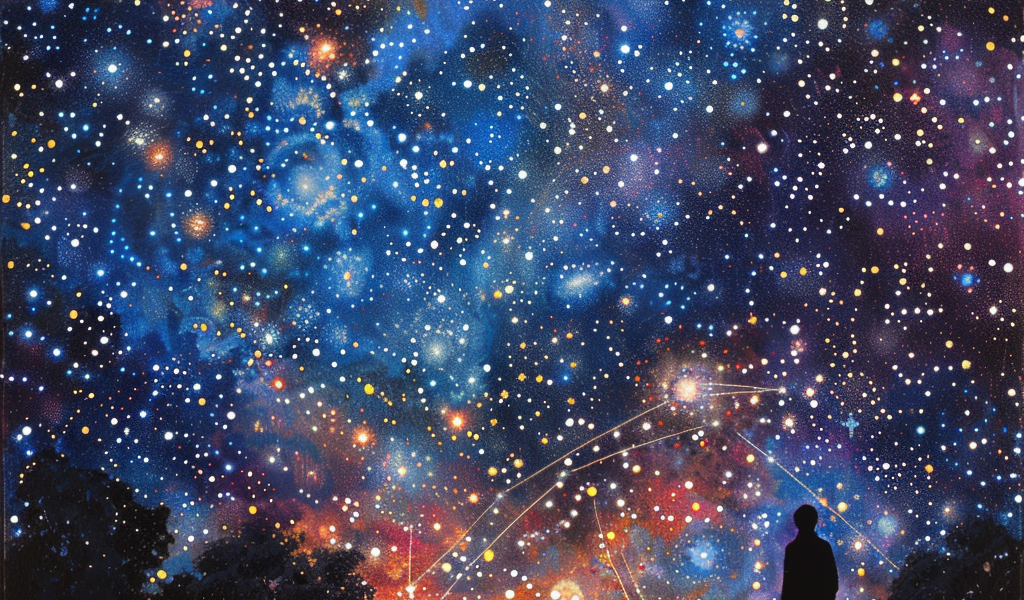When gazing into the night sky, what we perceive is not just a collection of stars but a glimpse into the past. The vastness of the universe, estimated to be around 13.6 billion years old, presents an intriguing phenomenon: we are actually looking back in time as we observe celestial bodies. Understanding this concept requires a closer examination of how light travels and the implications it has on our perception of the cosmos.
The speed of light is a staggering 186,282 miles per second (or 299,792 kilometers per second). While this speed is incredibly fast, it still takes time for light from distant objects to reach our eyes. For instance, the light emitted from a lamp takes just a millisecond to arrive, yet our brain takes an additional 13 milliseconds to process this information. Although this delay may seem negligible, it underscores a fundamental truth: all the light we see is, in fact, light from the past.
When looking at the night sky, this principle becomes even more significant. The light we observe—whether it comes from the sun, moon, or stars—is old light that has traveled vast distances over considerable periods. Here are a few fascinating examples:
- Moonlight: It takes approximately 1.28 seconds for moonlight to reach our eyes.
- Sunlight: The sunlight we see is about 8 minutes and 20 seconds old.
- Starlight from Sirius: The light from Sirius, the brightest star visible in the northern hemisphere, takes about 8.6 years to reach us, meaning when we observe it tonight, we are looking at how it appeared in 2015.
- Starlight from Dubhe: The light from Dubhe in the Big Dipper takes 125 years to arrive.
- Starlight from Polaris: The North Star’s light reaches us after 433 years.
- Light from the Andromeda Galaxy: Light from the Andromeda Galaxy has traveled for 2.5 million years to reach our eyes, a time when Earth was in the Pleistocene Epoch, and early human ancestors like Homo habilis were emerging in Africa.
These examples illustrate just how far back in time we are looking when we observe the stars. Andromeda, being the farthest galaxy visible to the naked eye, is just the tip of the cosmic iceberg. By utilizing powerful telescopes, astronomers can peer even further into the universe. For example, galaxies M81 and M82 are located approximately 11 million light-years away, allowing us to observe them as they existed during the Miocene Epoch, a time when various species like horses, camels, and elephants were evolving.
As we venture beyond our local cosmic neighborhood, we enter a realm where billions of galaxies reside, many of which are billions of light-years away. These distant galaxies are of particular interest to astronomers, as they are situated close to the very edge of the universe’s creation. The light from these galaxies provides invaluable insights into the early universe and the formation of cosmic structures.
The Hubble Ultra Deep Field image, which captures nearly 10,000 galaxies, is a testament to the vastness of the universe and the incredible distances light travels. This snapshot represents a time when the universe was still young, and the formation of galaxies was in its infancy. Each galaxy in this image tells a story of its own, reflecting the conditions and events that shaped it.
In summary, when we look at the stars, we are not merely observing points of light; we are witnessing the remnants of the past. The light that reaches us has traveled across unimaginable distances and times, allowing us to piece together the history of the universe. The cosmos is a time machine, and every glance at the night sky is an opportunity to reflect on the vast timeline of existence.





